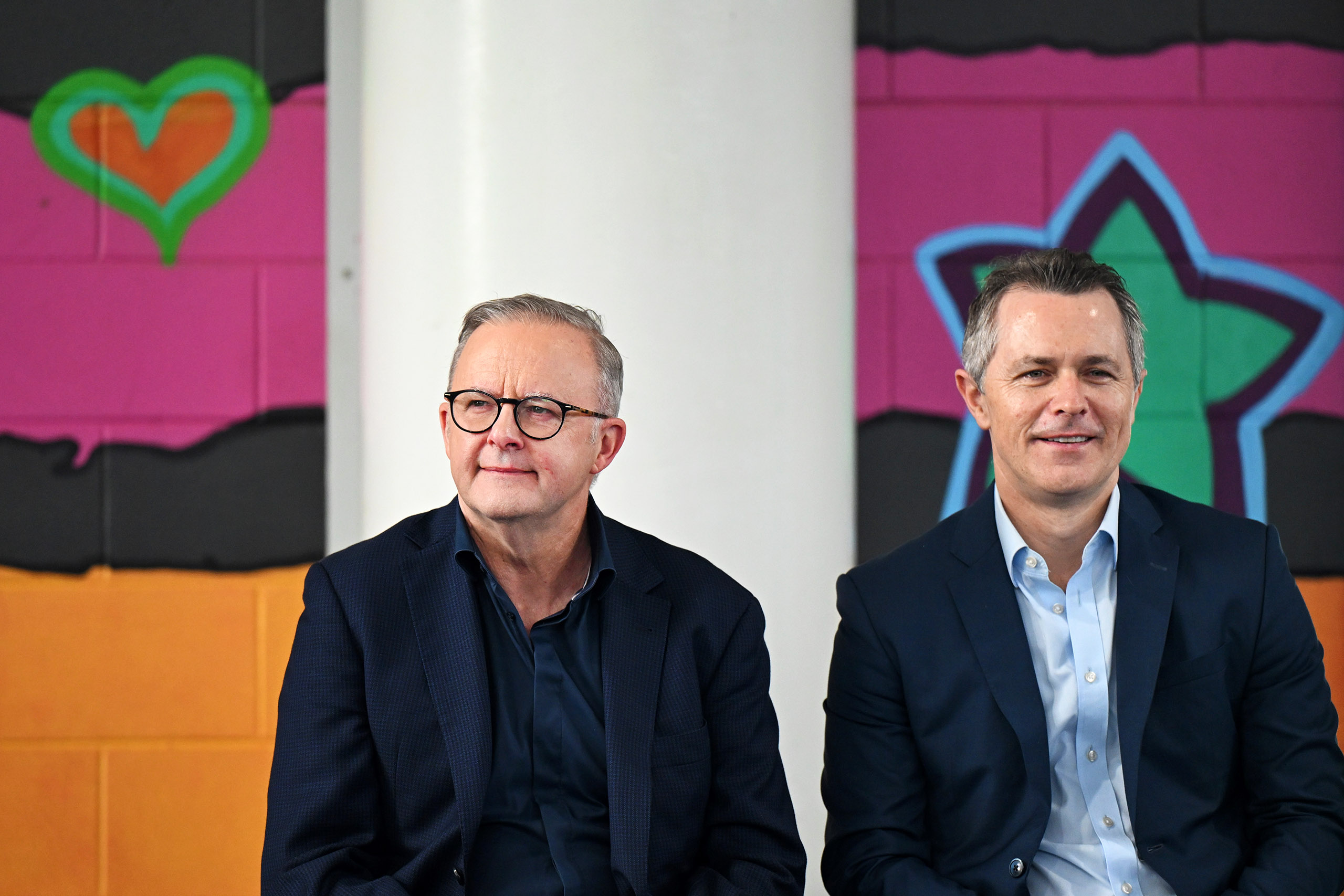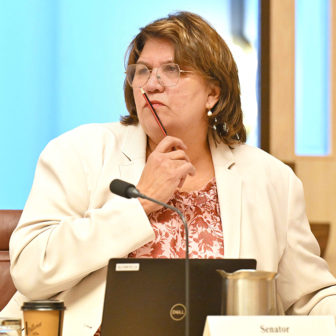With education close to the back of a long queue for political attention and schools running a poor fourth behind early childhood, VET and universities in the education sub-list; with schooling needing significant structural reform; and with Canberra a central part of a central problem in school policy, the so-called “national approach” — with all that, is there anything doable, worth doing, close to Labor’s heart and not too politically expensive? Possibly not. But just in case, three possibles:
Make a start on reducing social segregation in and through schooling
The proportion of “disadvantaged” kids going to school with other disadvantaged kids (and advantaged with advantaged) in Australia is among the highest in the rich countries of the OECD. Coming on top of longstanding divisions along religious and ethnic lines, it is an ugly feature of Australian schooling and an engine of social division. The mechanisms of its construction: “choice” (of school by parents) and “selection” (of students by schools).
Choice works in many ways: through regulations that permit non-government schools to pick and choose but forbid (or try to anyway) government schools from doing the same; through fees that sort the desirable sheep from the less appealing goats without anyone having to say it out loud; through explicitly selective government schools (most egregiously the huge NSW selective school system); and through a real estate market that allows families to pay a premium to live in the zone of a “good” government school. Jointly and severally these rules and realities make choice both unequal and destructive. Choices are made by some, suffered by the rest.
The policy objective is to make choice more widely and equally available, and much less damaging. That is a big and complex ask. But a real start could be made by a serious review (on a par with Gonski) given the job of documenting and analysing how it all works, and sorting through which of a myriad options — many of them there for the pinching in US school districts — might work in Australia.
The Commonwealth, unencumbered by the tricky business of actually running schools, is uniquely well placed to commission such a review. I would hope and expect that a review would recommend movement over time toward a broadly common across-the-sectors approach within each state/territory. Any attempt to herd all eight cats into a single “national” framework would guarantee no movement by any of them. And anyway, almost all choices are between schools within states/territories – indeed within regions and localities.
Get the other half of the Australian Curriculum going
The Australian Curriculum has its weaknesses, and one great strength: it says that “general capabilities” should be on an equal footing with the all-too-familiar subject-based content. The offered list of seven such capabilities is a dog’s breakfast, and any parity with subject-based content exists only on paper anyway. The losers are the kids, particularly but not only those who can’t stomach the usual fare and refuse to go to school, or leave early, or stay on in a fog or generating a bit of “classroom disruption.” There are dozens of piecemeal fixes in mainstream schools and in schools aimed at those who can’t or won’t swim in the mainstream, and at least one system (Victoria) has had a good go at an alternative. The government secondary principals are offering schools a chance to develop “next gen learning.”
The first step to doing more and better is another that the Commonwealth is uniquely well-placed to take: commission work to renovate the Australian curriculum’s list of capabilities, and then turn its abstract statements of capabilities into something usable. That means: constructing “learning progressions” for each capability; figuring out how to assess each student’s progress in an efficient but rigorous way; working with the tertiary sector and employers on “capability profiles” that can be used for selection; and helping schools (together where possible) to figure out not how the capabilities can be taught, in the usual sense of the term (mostly they can’t), but how to change students’ daily work (aka the school’s “learning design”) so that capabilities can be systematically developed.
The education ministers had a go at an adjacent task five or six years ago (via the estimable Shergold report) but, of course, they blew it. This is another one for the Commonwealth to just do, and then offer the results around. There is much foundational work to draw on (in learning progressions and assessment particularly). Some schools and jurisdictions will be grateful for assistance in a long and difficult task, others (led by the NSW government system) not.
Accept that “federal” means one thing, “national” another
Fully embraced that distinction could mean the end of the counterproductive Rudd–Gillard “national approach” and all its works, including the surveillance of schools via national testing and the disclosure of each school’s “performance.” That won’t happen — yet (and probably not without set-to battles). But a small step in the right direction could be taken by the next federal minister: make clear that she or he speaks for the federal government and not as the national education minister.
The outgoing minister, Jason Clare, survived his three years by doing as little as possible. Gonski-at-last is not in his credit column: it was inevitable (as well as too little, too late). His sins of omission include turning down a golden opportunity (given by a Productivity Commission report) to take a really hard look at the “national school reform agreements” and, in several ways, letting the “explicit teaching” missionaries go on a rampage.
Is there any reason to imagine that an education minister in an Albo 2 government will be any different? It’s a fairly safe bet that suggestions of the kind outlined above — doable, close to Labor’s heart (except the last of the three, I grant) and worthwhile — will still be waiting for attention in 2028. •




